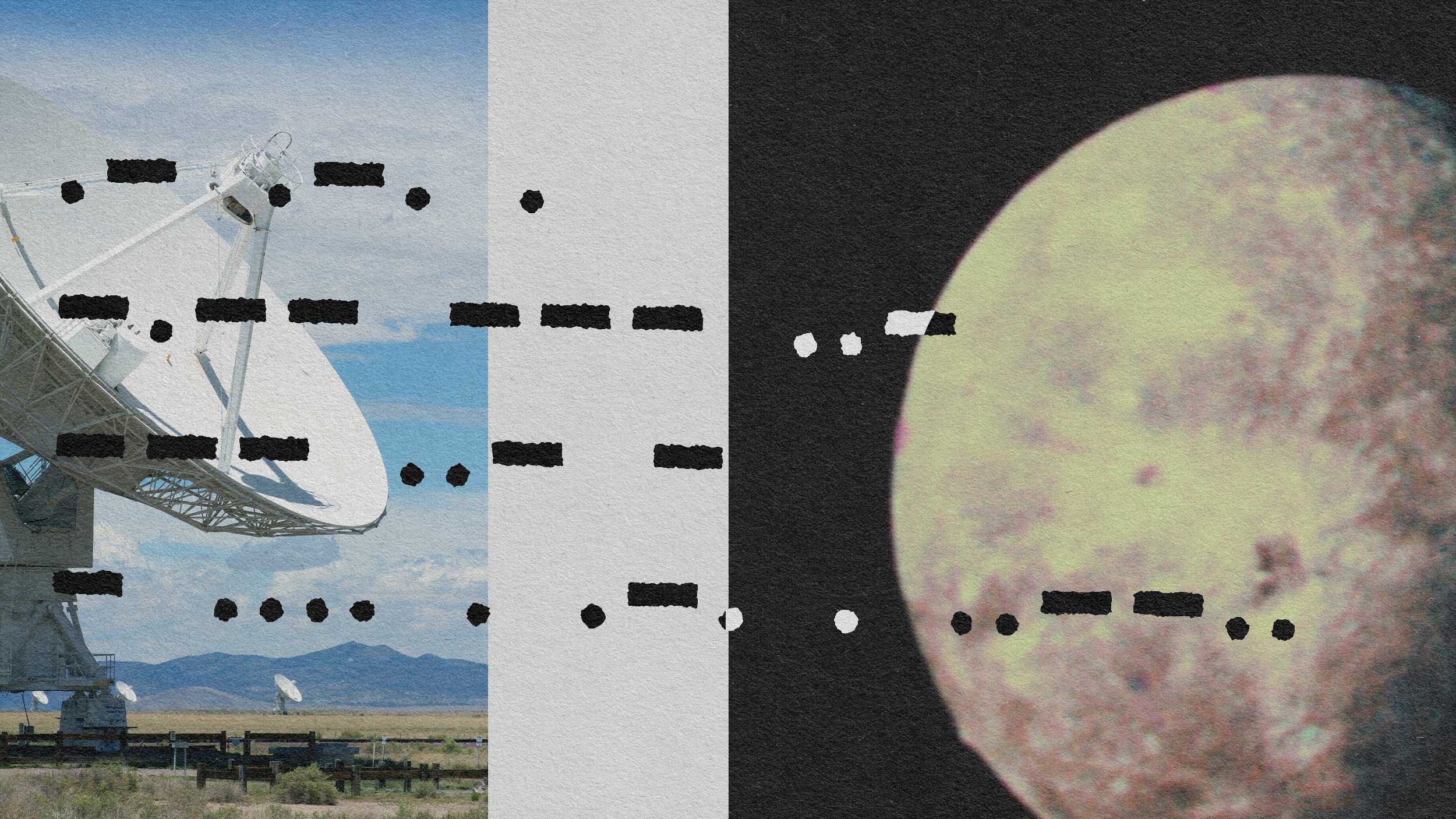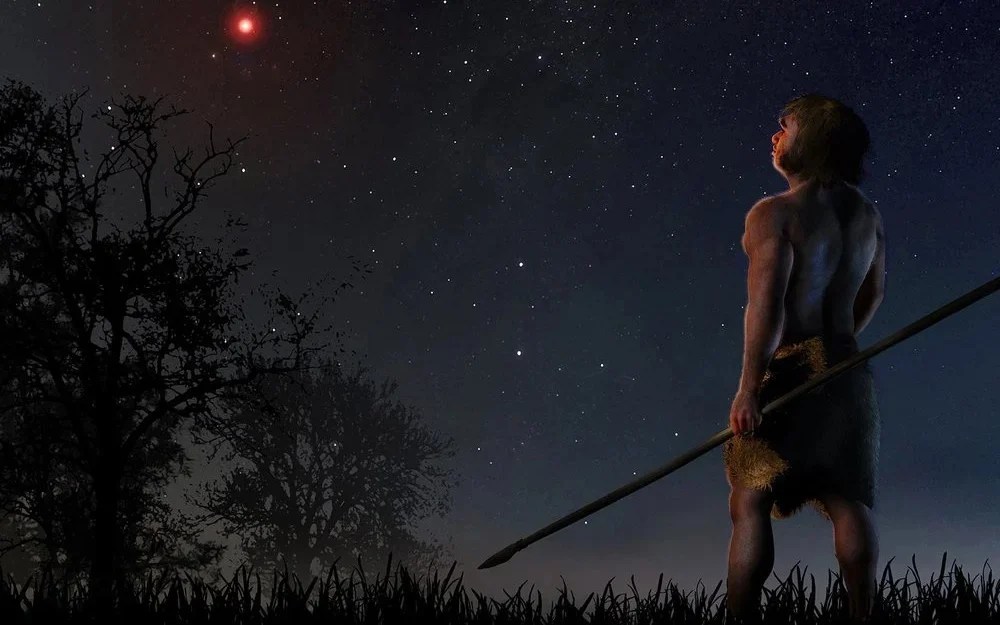Why did humanity, among all the species that have ever existed, come to dominate the Earth? Famed evolutionary biologist E.O. Wilson argues it’s on account of humanity’s unusual genetic mutation, or “knockout gene,” that gave rise to eusociality, or the social condition that allows non-reproductive members of a species to support its reproductive members. Wilson walks through the unusual historical evolution of eusociality and discusses how humanity is one of only 20 species in existence that currently exhibit the trait as well as the largest primate species to do so.
E.O. Wilson: One of the features of humanity that is diagnostic of humanity, meaning it's one of the identifying features of humanity, although it's not unique to humanity, is what we call eusociality. That’s E-U-sociality. And EU means good or true or whatever; it means the most advanced stage in the evolution of social behavior. And that advanced stage has, and this is a count that I've made back and forth because it's part of my field as far of sociobiology that I focused on being a student of ant behavior, and I have found going through the record of fossil animals, but primarily among animal societies that exist today, some 20 species, no more, or I should say lines of evolution that led to eusociality. What is eusociality? Eusociality is the condition of social behavior in which groups are organized into some caste or individuals that are fully reproductive and others that are a little or very much less reproductive, in the extreme becoming sterile workers. They divide labor, these less reproductive workers, to support the reproductive workers. So that you have a group that is fundamentally organized in that way with non-reproductive workers; think ants, think wasps, think termites, and think then about humans that can perform specialized tasks within the group. And then you have the foundation, the platform so to speak, for building immensely complex societies. It's those societies that are extremely complex that are other than not human, and yet are not intelligent because they don't have the size to have a big enough brain, are the ants. And that's one line of the 20, and termites, that's a second line of the 20, and those two groups alone dominate the insect world just as humans eusocial alone among all big animals, eusocial to a slight degree, but nevertheless a significant one, dominate the planet. And that's really what the significance of eusociality is.
And it's why in an earlier book I used the title The Social Conquest of Earth. So the question, then circling back to what is the meaning of humanity, is in part how did and why did we achieve eusociality alone among the African primates and alone among all the big animals we know about. And then it was never achieved, so far as we know, by any big animals going all the way back to the early mammals of the Cenozoic era 65 million years and almost into the age of dinosaurs. There were dinosaurs that ran around on two legs and had arms and hands that could manipulate things and heads that might have expanded with brain, yet something had happened to them that made higher intelligent Darwinian success. But that never happened. Nothing happened until about 3 or 2 million years ago. Finally an old-world primate line developed the present human condition. And now we come to the question why only 20 times? That's all I can find. And that's my specialty is studying social insects and related creatures that have high levels of social behavior. And why is this? And now I'm going to tell you. And this is a very important part of knowing the meaning of human existence.
Every one of those lines, 20 lines without exception, as far as we can determine, went through a stage of what we call preadaptation, that is they acquired other traits that were not really social, but set the stage to become eusocial. And that trait is the following. In large numbers of species of organisms, birds are an example, many kinds of insects, a female or a pair, a mated pair build a complicated nest, one that's valuable because of the effort and the usefulness of it, within which they raise young. And then in the vast majority of cases in which they get this far in evolution, they put food, in the case of a wasp that stings a big spider, paralyzes it, and then drops that into a nest that's built, lays an egg and then closes it so that the spider provides food for the full development of a new wasp. That's very common. In a small percentage of these cases when you look out over the millions of species of animals, a very small percentage, the female or the mated pair, think primitive wasp, think the wasp that gave rise to the ant, think cockroach-like insects that gave rise to the termite and so on, in a very small number of these percentage the female or the mated pair doesn't leave. They'd begin feeding the larva, the immature form until it grows up. And then this bunch of adults is at the nest and they disperse. Now what happens if, the geneticists call it knockout, you have a knockout of a gene that removes the tendency to disperse. Now they all stay together, mom, maybe dad, and the children. All adults now and they have no tendency to disperse.
And we know from other evidence they automatically organize themselves, for reasons I can explain, but I'm going to halt in trying to explain why that is an unintended consequence of a whole new other line of evolution, mom and dad become the dominants, primarily because they are first there and they're often the biggest. And the young become, their young, their first brood becomes the ones that goes out and forages, builds new nest cells and so on and we have a eusocial species. Twenty times only in evolution among the 8 million species, one of them finally, after all those hundreds of millions of years, it happened to be a big primate in Africa went across the line and pre-adapted that way and became eusocial.





